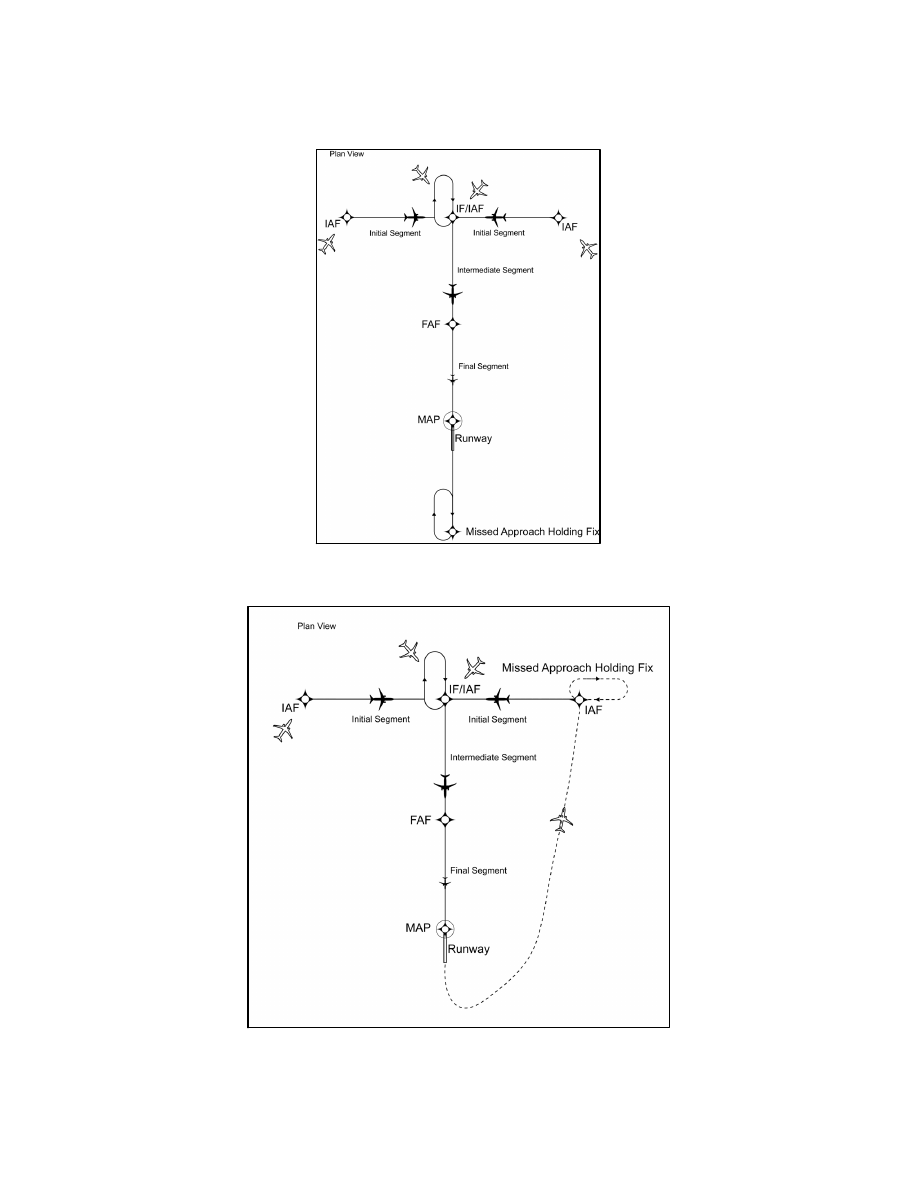
4/20/23
AIM
FIG 5
−
4
−
2
Basic “T” Design
FIG 5
−
4
−
3
Basic “T” Design
3.
The standard TAA based on the “T” design consists of three areas defined by the Initial Approach Fix
(IAF) legs and the intermediate segment course beginning at the IF/IAF. These areas are called the straight
−
in,
Arrival Procedures
5
−
4
−
11